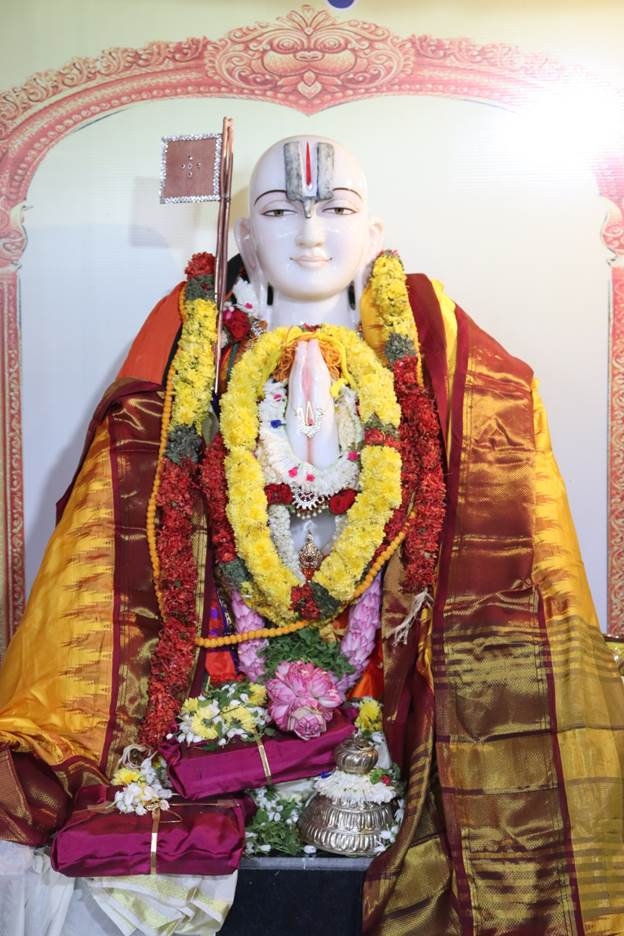Statue of Peace of Swami Ramanujacharya | 12 Jul 2022
Why in News?
Recently, in Srinagar, Union Home Minister Shri Amit Shah unveiled Swami Ramanujacharya's Statue of Peace.
Who was Ramanujacharya?
- Ramanujacharya was Born in 1017 in Sriperumbudur in Tamil Nadu.
- Ramanujacharya is revered as a Vedic philosopher and social reformer.
- He travelled across India, advocating equality and social justice.
- He Brought the treasure of Vedic literature to the doorsteps of the common man.
- Advocated the philosophy of Visistadvaitha, qualified monism.
- Dispelled the Mayavada concept, the world is illusionary.
- Became the preceptor of the Bhakti movement and the source for all other Bhakti Schools of thought.
- He was an inspiration for mystic poets like Kabir, Meerabai, Annamacharya, Bhakta Ramdas, Thyagaraja, and many others.
- Initiated the concept that Nature and her resources like Water, Air, Soil, Trees, etc., are sacred and should be protected from pollution.
Why it's Called Statue of Peace?
- The installation of this peace statue will bring the blessings and message of Ramanujacharya to Kashmiris of all religions and will take Kashmir further on the path of peace and progress.
- It would further enhance the development of the people of Kashmir without any discrimination.
What is the Saint Ramanuj's Connection with kashmir?
- Ramanujacharya visited Kashmir in the 11th Century to get an important manuscript called Bodhayana Vritti, a treatise on the Brahma Sutras.
- The Bodhayana Vritti had the reputation of being the most authoritative explanation of the Brahma Sutras.
- His disciple Kuresha accompanied him and committed the entire text to memory as local scholars did not permit Ramanujacharya to carry the manuscript out of Kashmir.
- After returning to Srirangam, Ramanujacharya dictated the Sri Bhashyam, the commentary on Brahma Sutra and the Acharya’s most notable work, to Kuresha, who wrote it down.
- Ramanujacharya again returned to Kashmir after 2 years to dedicate Sri Bhasyam to the region.

